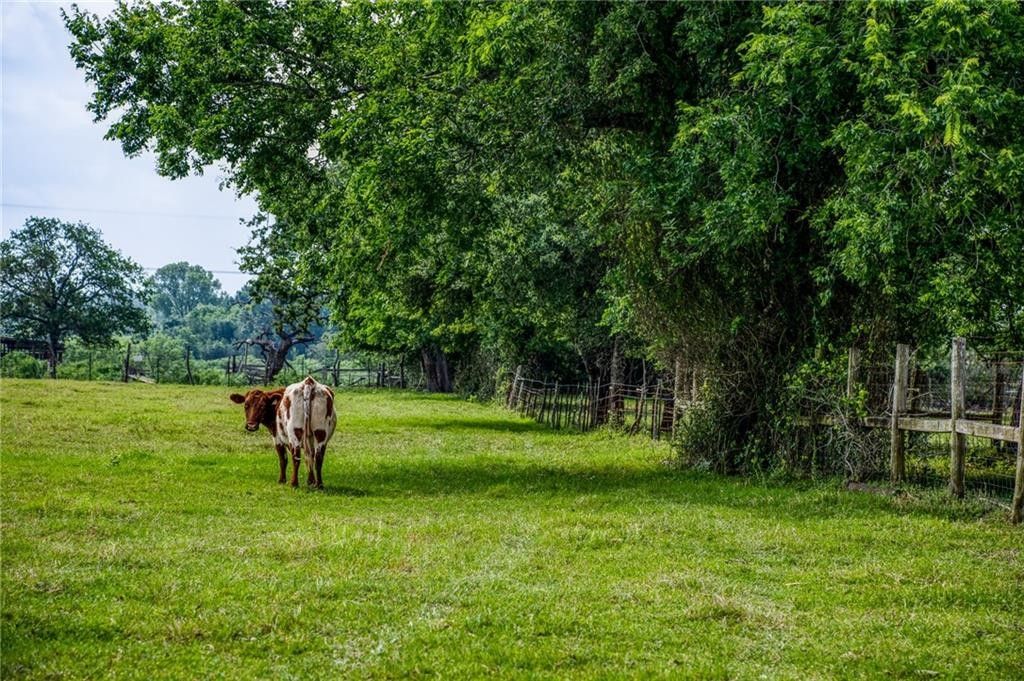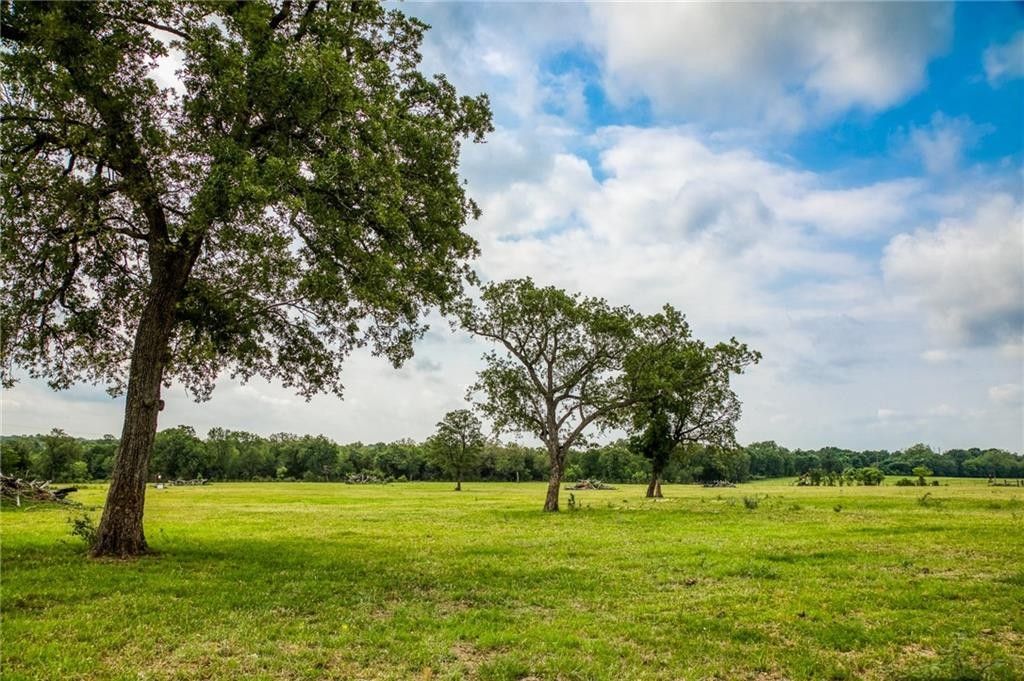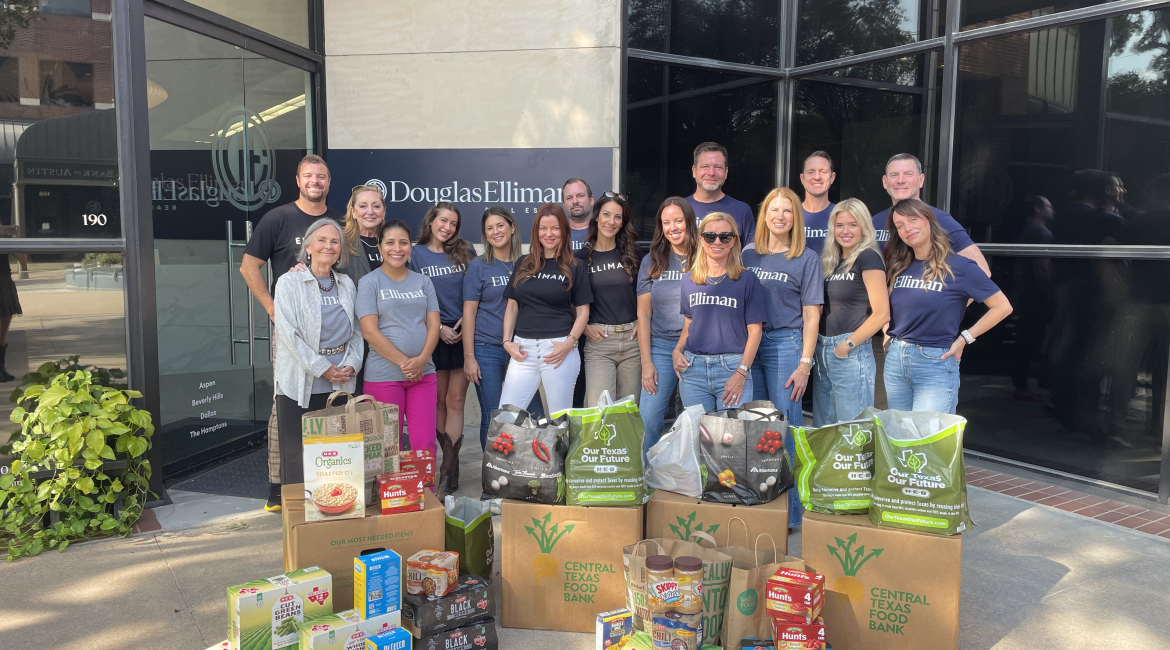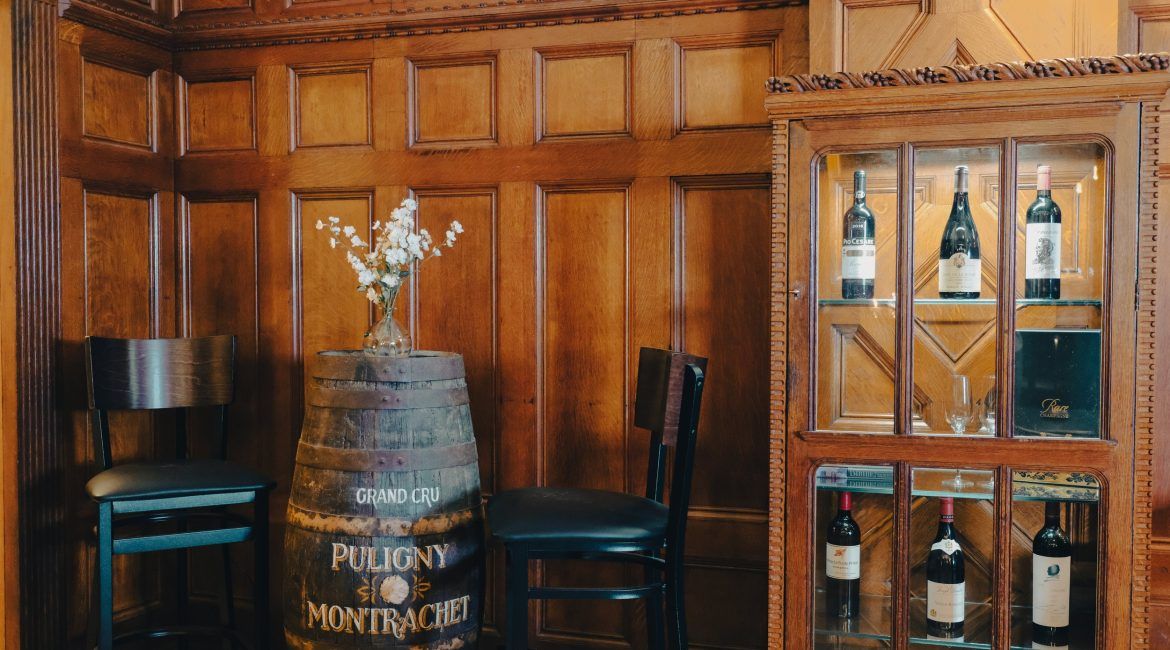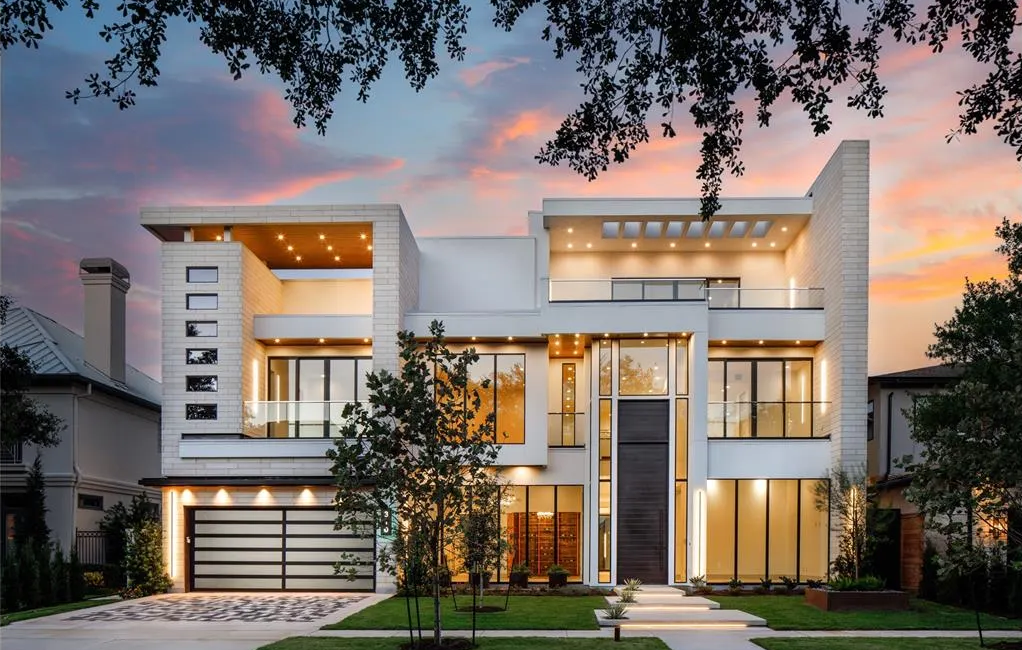PeoplePropertiesPlaces
Finding Freedom and Refuge on Farm and Ranch Land with Elliman’s Brian Bagwell
by Elliman Insider Team
October 2022
By Grace Cassidy
The desire to live a more self-sufficient lifestyle amid wide-open spaces and natural beauty has long been at the heart of the American identity. The country’s westward expansion during the 19th century has fueled periodic revivals of back-to-the-land romanticism. For many Americans, however, opportunities to purchase expansive tracts of farm and ranch property have long been out of reach—until now.
Among the migratory patterns brought on by the COVID-19 pandemic has been a rush of Americans moving to the great state of Texas—Austin, in particular, saw an average of nearly 200 people per day moving to the capital city in 2021. According to Brian Bagwell , an agent in Douglas Elliman’s Farm and Ranch division , many are drawn to the state by the promise of finding freedom and refuge on the range.
Brian Bagwell
“The pandemic has changed a lot—our mindset, how we look at things. It really made us reevaluate our situations in ways that we didn’t before,” says Bagwell, who is based out of Austin and represents properties throughout Central Texas and Hill Country.
Bagwell was born and raised in Texas and has lived there his entire life, apart from short stints in Nashville and Indiana. Prior to becoming an agent, he worked for a medical device group before dabbling in off-market development. He worked in development for four years before getting licensed, and only got his real estate license earlier this year in May. But Bagwell’s deep knowledge of Texas and what makes the state so special has helped him to become successful in development and in real estate.
During the 1960s and 1970s, more than 70 percent of back-to-the-landers were college educated . Likewise, a great majority of those who currently are able to pick up their lives and relocate can do so thanks to the privilege of white-collar work. “No one was asking about fiber internet connections at these ranch properties before the pandemic,” Bagwell quipped.
“In general, the type of person that is moving out to the country has changed a lot,” he said. “The conversations that I have with clients are often about people wanting more space and the lifestyle that they can have in the country, but also wanting to get out of more expensive areas, like California, if they can work from anywhere.”
1038 Pettytown Rd, Dale, Tex. 1038 Pettytown Rd, Dale, Tex. Lot 4 CR 3500 Rd, Lampasas, Tex. Lot 4 CR 3500 Rd, Lampasas, Tex. 9441 Bauer Road, Fayetteville, Tex. 9441 Bauer Road, Fayetteville, Tex. 9441 Bauer Road, Fayetteville, Tex. 9441A Bauer Road, Fayetteville, Tex. 9441A Bauer Road, Fayetteville, Tex. 9441A Bauer Road, Fayetteville, Tex. 9441A Bauer Road, Fayetteville, Tex.
Bagwell says the renewed interest in farm and ranch properties is coming from two main directions—there are the folks that can work remotely and want to have more space, and there are developers. This great migration and increase in development have made the land value shoot up in Texas, causing legacy landowners to consider selling portions of their land that they never would have considered before.
“My aunt and uncle have a huge 1,100-acre ranch in a high-growth area, and they have hung onto their land as legacy landowners with the intention that this land is going to be in the family forever,” he said. “But I’ve seen people in this same situation who are realizing that they can get a good amount of money for just one acre of their property, and they’re considering subdividing because that is what makes the most sense for them now.”
With more development on the horizon, Bagwell says, the desirability of ranch properties will only increase.
“Let’s say a rural area gets built up,” he continued. “If someone can preserve their couple hundred acres in a place where developments are popping up, then their land just becomes even more valuable. There’s a status that comes with that.”
Explore farm and ranch properties in Texas and beyond.

